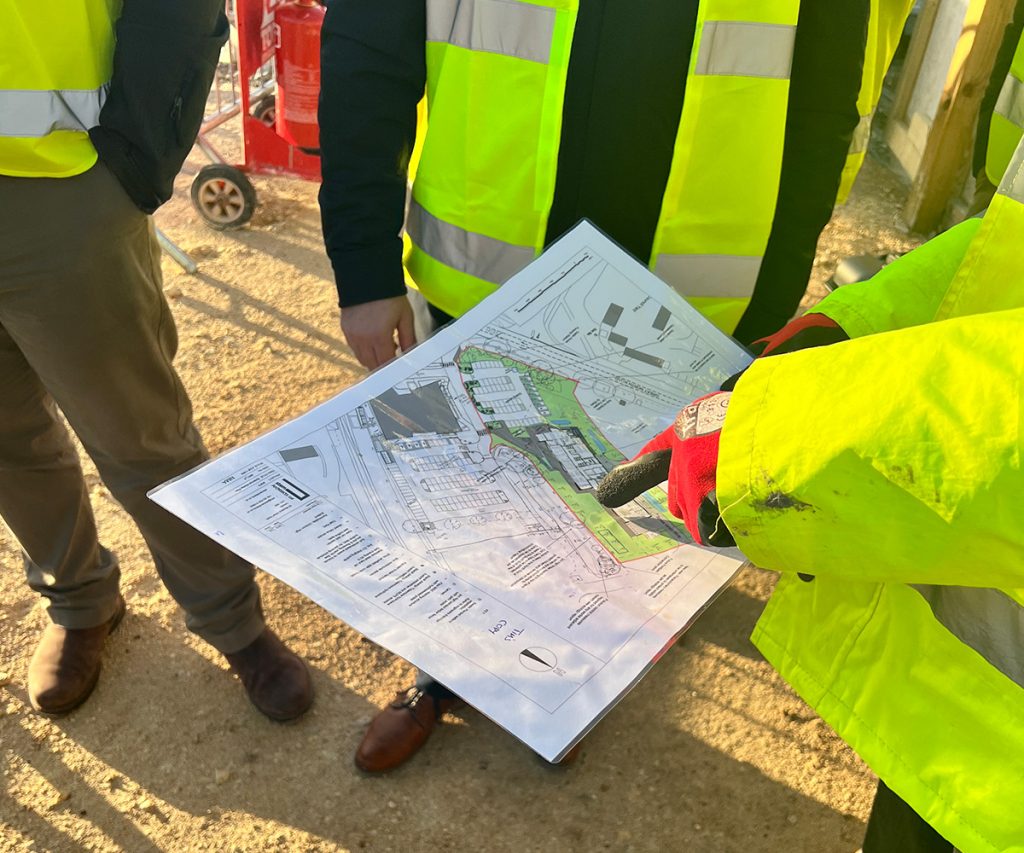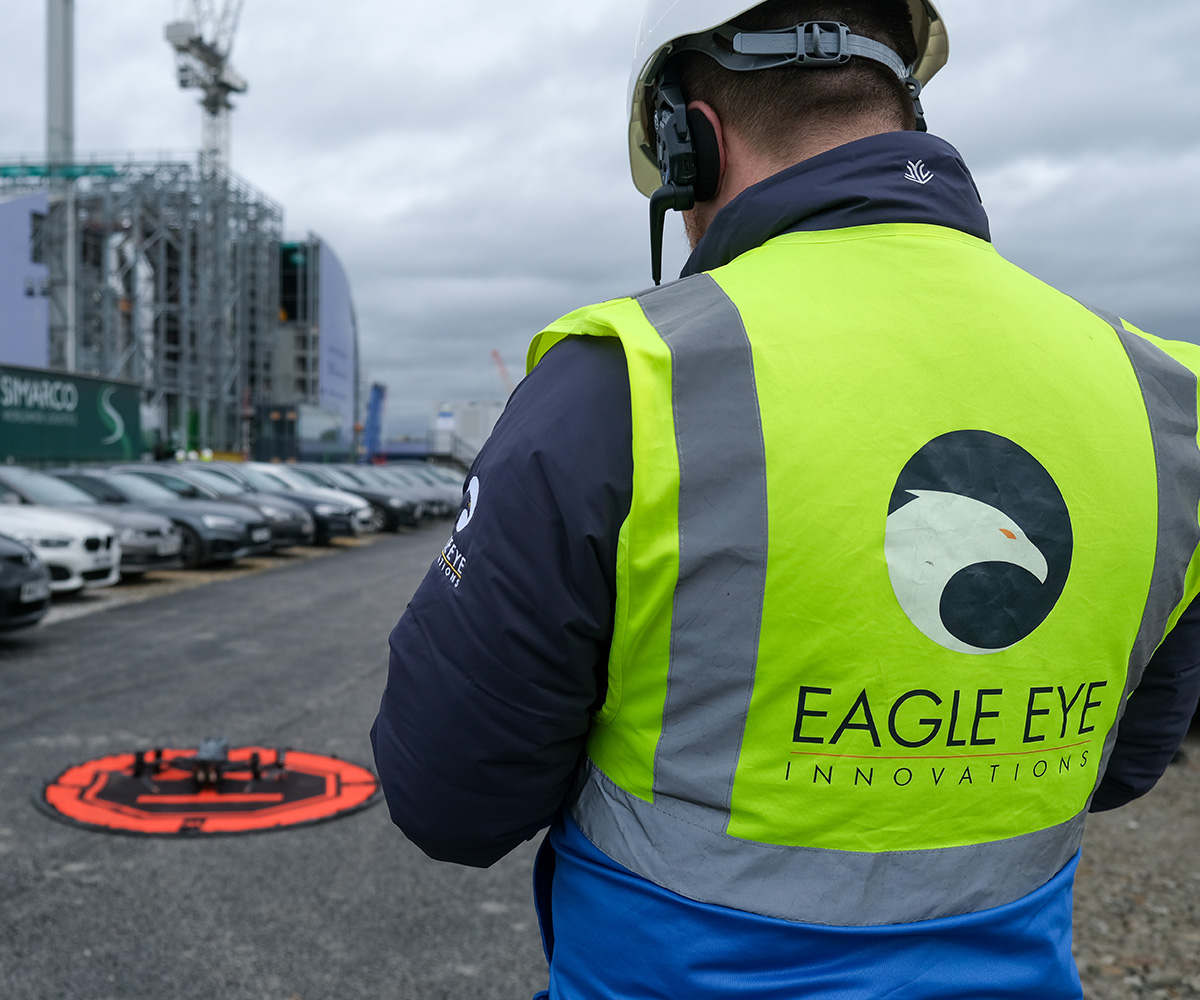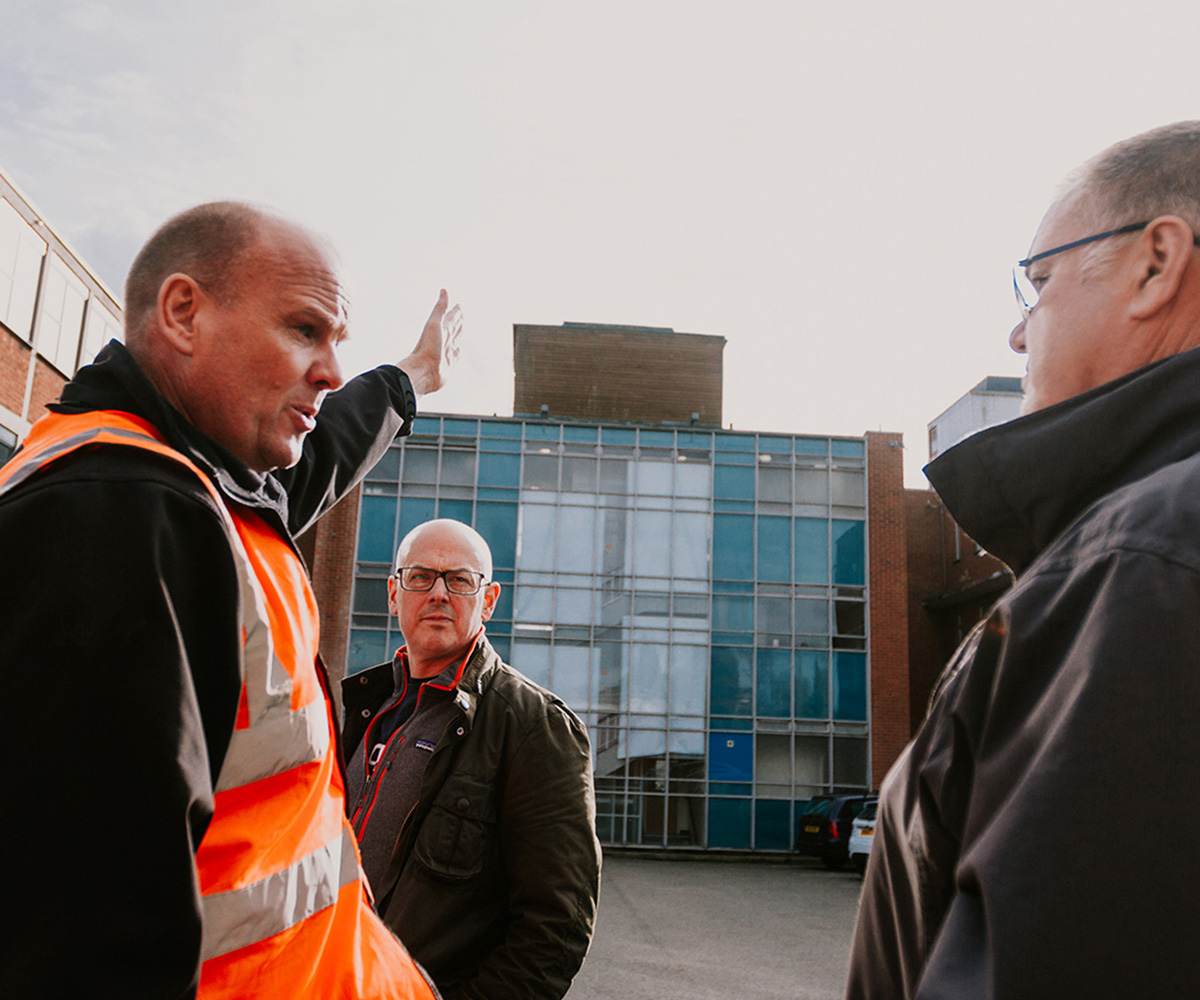
Learn about Eagle Eye Innovations and the people at the heart of the organisation.


The use of commercial drones has become increasingly popular in recent years, with a wide range of applications in industries such as construction, agriculture, surveying, and filmmaking. However, as the use cases for drones expands the complexity of the safety footprint increases also. The most effective way to address this for drones business to adopt the principles of a Safety Management System (SMS).
A SMS is a formalized and proactive approach to managing safety risks in aviation and the crewed aircraft sector have long understood its effectiveness in doing so. It includes policies, procedures, and organizational structures to manage safety risks and ensure continuous improvement. For organisations that operate drones and who may be new to the aviation sector (and therefore this level of organisational safety), the prospect of generating a SMS may be daunting.
Historically, drone operators have sometimes been guilty of paying lip service to the idea of safety. It does feature in the organisations Operations Manual (OM). However, safety is now a competitive selling point for all RPAS businesses and a fully functioning SMS demonstrates a responsible approach to identifying and managing the safety factors in this domain. This proactive ownership is an increasingly attractive and desirable characteristic for Regulators, Investors, Insurers, Partners and Clients.
What comprises a SMS?
A SMS is not a description of a piece of software. It is a ‘living, breathing being’ with a number of mutually supporting principles. The four main pillars of a SMS are:
These should be applied in a Plan – Do – Check – Act cycle, sometimes referred to as the Deming Cycle. This is designed to ensure an environment of continuous improvement by identifying safety weaknesses and applying the lessons learned. There are some other key elements though, the presence of which transform the effectiveness of the SMS.
Data
To improve safety you need to have a clear picture of what is going well and what isn’t within the organisation. The critical component is data, but in what form, how do you collect it and how do you exploit what the data is telling you? These metrics provide a scientific view on the ground truth but the origin of this data must be the organisations staff. So how do you get them to report?
Safety Culture
You can’t force staff to report, the best way to encourage them is twofold:
In summary, if you want your drone business to flourish, then you should start to behave in way that places the pursuit of organisational safety at the forefront of your Business As Usual (BAU) activity. Safety can be the competitive advantage that sets you apart from the competition, but it takes time to get the momentum going for the benefits to be realised. If you have the patience and commitment though, now is the time to apply yourself.
Your safety assurance journey awaits……..
Training

The construction industry operates in a dynamic environment characterised by tight deadlines, complex project requirements, and stringent safety regulations. But how can drones revolutionise onsite operations and safety?
Training

Keeping farms and agricultural sites safe is becoming increasingly important, especially as we head towards the warmer summer months. But always keeping such large areas of land safe traditionally requires increased manpower, spending on security systems and time that those... Read more
Training

In the rapidly evolving landscape of technology, drones have emerged as versatile tools, transforming various industry sectors, particularly the utilities sector. Drones have fast become one of the best ways of improving health and safety on site, but in order... Read more
Training

Drones are revolutionising various aspects of the UK rail industry, from infrastructure inspections and drone mapping for railways, to emergency repair response. But what are the benefits?
News

In light of the Protector RG Mk1’s first flight from RAF Waddington, we wanted to highlight the differences in the MQ-9 Reaper and the new MALE platform.
Training

Over the years, drones have crept their way further into the Superyachting industry. But how does having the right drone training and efficient drone pilots really add benefit out on the water?